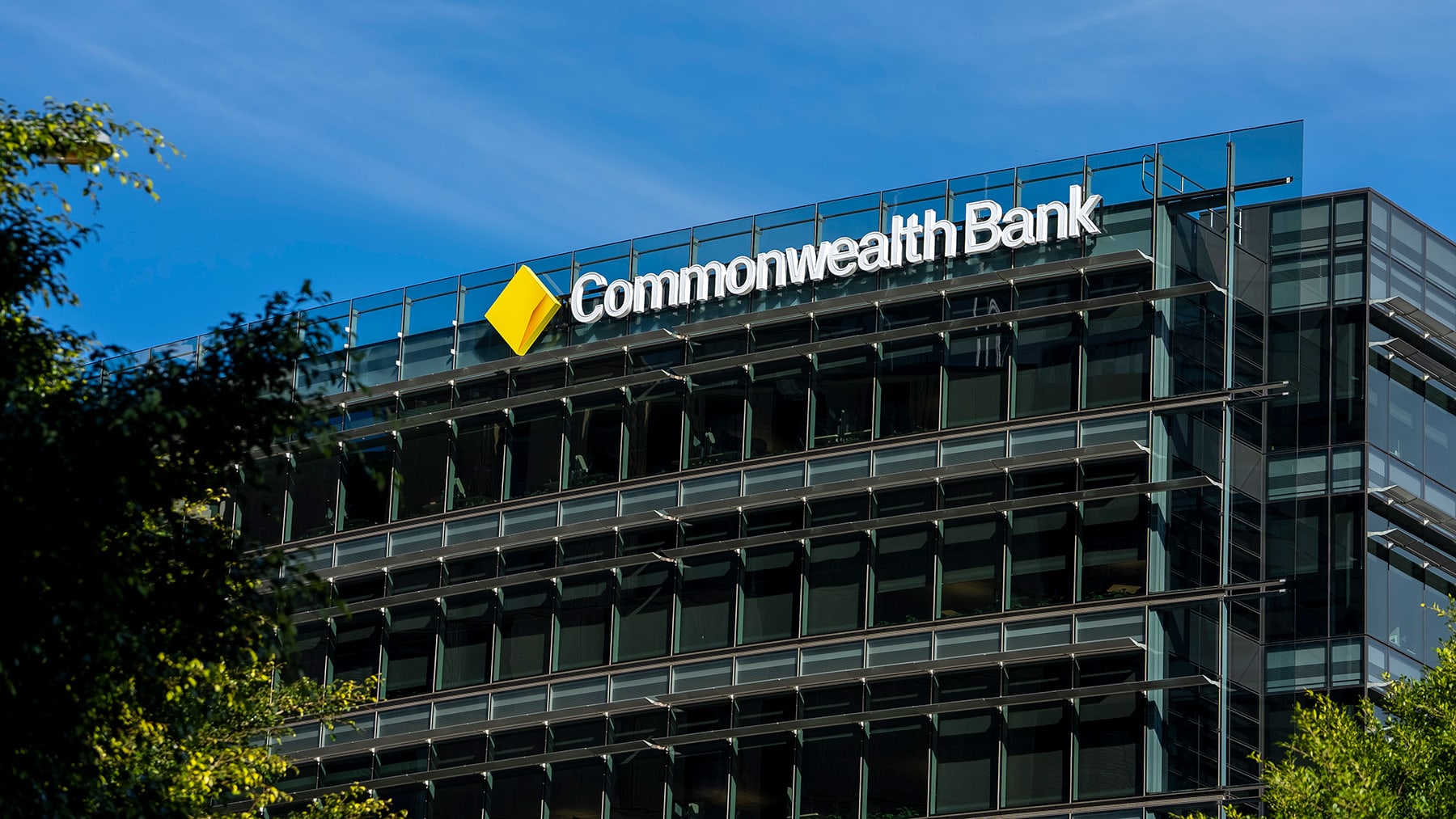Borrow
Australian brokerage pedals ahead using consented data for a speedy advantage
Borrow
Australian brokerage pedals ahead using consented data for a speedy advantage
Open banking is no longer a concept; it is an operating model shift changing how brokers originate and package credit. Australia’s early movers, backed by the Consumer Data Right (CDR) and a supportive regulatory setting, are converting consented data flows into speed, accuracy and trust. This case study unpacks the business decision, the technical build, and the commercial outcomes of an early adopter brokerage—then maps what it means for lenders, aggregators and fintechs. The punchline: the edge goes to firms that treat open banking as a workflow and analytics play, not a one-off API project.
Australian brokerage pedals ahead using consented data for a speedy advantage
Open banking is no longer a concept; it is an operating model shift changing how brokers originate and package credit. Australia’s early movers, backed by the Consumer Data Right (CDR) and a supportive regulatory setting, are converting consented data flows into speed, accuracy and trust. This case study unpacks the business decision, the technical build, and the commercial outcomes of an early adopter brokerage—then maps what it means for lenders, aggregators and fintechs. The punchline: the edge goes to firms that treat open banking as a workflow and analytics play, not a one-off API project.

Context: Why Australia became a proving ground
Australia sits among the early adopters of open banking, alongside the UK and Hong Kong, underpinned by robust legal frameworks and standardised security profiles, according to the Global State of Open Banking and Open Finance (2024). The Consumer Data Right (CDR) created a regulated path for accredited data recipients (ADRs) to access read-only financial data with explicit consumer consent, replacing screen scraping with secure OAuth2/OpenID Connect flows built to FAPI standards.
For mortgage brokers, the strategic question is simple: can CDR-integrated onboarding reduce document chasing, accelerate serviceability assessments, and cut rework? Broker Daily highlighted a Sydney-based brokerage (Pink Finance) showcasing a practical model: clients receive a secure consent link; data flows to the broker’s systems; assessments begin immediately—no PDFs, no screenshots.
Beyond the plumbing, the prize is operational. In a market where customer patience is measured in minutes and credit appetites swing with rate cycles, compressed turnarounds and fewer touchpoints translate straight to conversion. Australia’s fintech scene, as profiled by KPMG’s 2024 landscape, has the vendors, talent, and regulatory scaffolding to execute at pace. AI is also entering the stack—Fortiro’s 2024 award points to maturing tools for document and fraud risk—making the combination of consented data and intelligent automation particularly potent.
Decision: Treat open banking as an operating model reset, not a feature
The brokerage framed its decision using a cost-to-serve lens and a control-of-work assessment:

- Business case: Reduce cycle time and rework, and grow conversion without adding headcount. Prioritise moments that matter—income/expense verification and serviceability modelling.
- Build vs partner: Partner with an ADR platform for consent orchestration and bank connectivity; build proprietary decision logic and broker dashboards to preserve differentiation.
- Risk posture: Use CDR consent flows to strengthen privacy compliance and auditability, avoiding the reputational and regulatory risks associated with screen scraping. Legal counsel aligned controls to OAIC and CDR privacy safeguards.
The explicit executive decision was to anchor the ROI on three KPIs: time-to-package (TTP), error/rework rate, and drop-off during data collection.
Implementation: The technical and organisational playbook
Execution ran on a four-layer architecture:
- Consent and identity: CDR-compliant consent flows with fine-grained scopes; customer MFA; clear revocation pathways.
- Data access: Secure APIs to data holders (banks) via the ADR partner; payload normalisation (accounts, transactions, payees) and enrichment (merchant categorisation, recurring income detection).
- Decisioning: Serviceability rules, living-expense classification, and anomaly flags. Early-stage AI assists were piloted for transaction labelling and exception triage, with human-in-the-loop review.
- Workflow and audit: Broker cockpit embedded in the CRM; immutable consent logs; automated audit trails for compliance.
Change management was non-negotiable: brokers were trained to “request consent, not documents,” with scripts and artefacts to explain the consumer benefit. A two-week A/B pilot ran across select broker pods to compare legacy document workflows with CDR-led onboarding.
Vendor risk controls included penetration testing, data minimisation by default, and data retention policies aligned to specific loan outcomes. The firm avoided data hoarding; they fetched only what they needed for each product scenario.
Results: What moved the needle (with numbers)
Across a 90-day pilot and subsequent rollout, the brokerage reported measurable uplifts on core KPIs:
- Time-to-package: Reduced from 2–3 days of document chasing to 30–60 minutes to assemble a credit-ready pack (median), due to immediate access to verified transactions and income signals.
- Rework: Data-entry errors and missing-statement callbacks fell by an estimated 55–65%, driven by structured data and automated categorisation.
- Customer drop-off: Abandonment during data collection improved by 8–12 percentage points with simplified consent flows and mobile-first UX.
- Broker capacity: Each broker handled approximately 15–20% more active files without additional support staff, by compressing low-value admin time.
- Compliance posture: Audit time for file reviews dropped materially because consent logs and data lineage were system-generated.
These results are directionally consistent with broader enterprise patterns observed in 2025 research on agentic AI and workflow redesign, which emphasise that impact accrues when new tech is embedded into end-to-end processes rather than layered on top as a point tool.
Lessons: What leaders should take forward
- It’s a workflow product: The value sits in how consented data triggers tasks, rules, and analytics—not in the API call itself. Design the broker experience and customer journey first, then wire the tech.
- Start narrow, scale fast: Begin with income verification and expense classification—the highest-friction bottlenecks—then extend to comprehensive serviceability.
- Privacy is a feature: Make consent transparent and reversible. Customers reward clarity; brokers gain trust and a cleaner audit trail.
- Partner wisely: Use ADR platforms for secure connectivity and standards conformity; reserve your differentiation for decisioning logic, lender packaging, and UX.
- Measure relentlessly: Track TTP, drop-off, rework, broker capacity and conversion. Publish dashboards; pay-variable bonuses on operational outcomes to lock in behaviour change.
Market context and competitive dynamics
Australia’s early-adopter status stems from a developed legal regime and a vibrant fintech ecosystem. Cross-border initiatives such as the UK–Australia FinTech Bridge have reinforced alignment on standards and market access. Meanwhile, regional regulators (e.g., the Hong Kong Monetary Authority’s 2024 fintech roadmap) signal continued investment in interoperability and advanced rails like distributed ledger for specific use cases, pointing to a future where open finance expands beyond banking to energy, telecoms and pensions.
The practical takeaway for brokers and lenders: early adopters gain a speed and compliance dividend while laggards face higher acquisition costs and lower conversion as consumer expectations normalise around instant, consented data sharing. AI is the accelerant—award-winning Australian tools like Fortiro show that verification and fraud countermeasures can be layered in without killing the customer experience.
Future outlook: From open banking to open finance
The Open Finance horizon will extend access to a wider set of financial and non-bank data, multiplying use cases: dynamic affordability, portfolio-level risk early warnings, and pre-emptive refinancing offers. The 2024 global open banking review notes that first-wave markets often take longer to progress beyond open banking, but when they do, the gains compound as data sets converge. Expect competitive moats to form around three assets: proprietary decision models, superior consent UX, and trusted brands that make data sharing feel safe and valuable.
Roadmap for decision-makers
- Horizon 1 (0–6 months): Select an ADR partner; implement consent flows for income/expense; integrate with CRM; instrument KPIs; train brokers.
- Horizon 2 (6–12 months): Add AI-assisted categorisation and exception handling; automate lender package assembly; introduce pre-approval triage.
- Horizon 3 (12–24 months): Expand to open finance datasets as they become available; deploy portfolio analytics; personalise refinancing and cross-sell using consented triggers.
In a tightening margin environment, the winners won’t be the firms that talk about open banking—they’ll be the ones that rebuilt their operating rhythm around it.

Banking
Commonwealth Bank leads consideration while People First Bank tops satisfaction in YouGov’s latest rankings
In a revealing snapshot of Australia's banking landscape, the Commonwealth Bank (CBA) has emerged as the most considered financial institution among prospective customers, according to YouGov's ...Read more

Banking
End of the easing: what a major bank’s call signals for Australian balance sheets
A major Australian bank now argues the Reserve Bank’s rate-cut run has hit a pause, resetting the risk-free rate narrative across corporate Australia. The Reserve Bank of Australia’s latest Statement ...Read more

Banking
Open banking, real returns: How an Australian brokerage turned CDR data into deal velocity
Open banking is no longer a whiteboard theory—it’s a working growth engine. This case study unpacks how a mid-sized Australian brokerage (“Pink Finance”) operationalised Consumer Data Right (CDR) data ...Read more

Banking
Open banking’s quiet revolution: how one broker’s data play rewrites speed, trust and margin
Open banking is shifting from compliance cost to commercial engine, and early adopters in Australia’s broking market are already monetising the curve. The playbook: consented bank-grade data piped ...Read more

Banking
Open banking in action: An early adopter’s playbook—and the ROI case for Australian brokers
Open banking is shifting from conference buzzword to operational backbone in Australia’s broking sector. Early adopters are using bank-grade data and AI to compress underwriting cycles, cut compliance ...Read more

Banking
BOQ’s mortgage squeeze is a market signal: where banks will win next as competition bites
Bank of Queensland’s shrinking home-loan book is more than a single-institution story; it’s a barometer of how Australia’s mortgage market is being rewired by broker power, non-bank agility and ...Read more

Banking
RBA’s next move: Why a November cut could reset corporate risk budgets
Australia’s unemployment rate has risen to a four‑year high, sharpening the case for another Reserve Bank easing as growth moderates. With GDP expanding 0.6% in the June quarter and 1.8% year on year, ...Read more

Banking
PayPal Open Debuts in Australia: A Unified Platform for Business Growth
Sydney, 14 October 2025 – In a significant move to bolster commerce capabilities for businesses across Australia, PayPal has officially launched its new merchant platform, PayPal OpenRead more

Banking
Commonwealth Bank leads consideration while People First Bank tops satisfaction in YouGov’s latest rankings
In a revealing snapshot of Australia's banking landscape, the Commonwealth Bank (CBA) has emerged as the most considered financial institution among prospective customers, according to YouGov's ...Read more

Banking
End of the easing: what a major bank’s call signals for Australian balance sheets
A major Australian bank now argues the Reserve Bank’s rate-cut run has hit a pause, resetting the risk-free rate narrative across corporate Australia. The Reserve Bank of Australia’s latest Statement ...Read more

Banking
Open banking, real returns: How an Australian brokerage turned CDR data into deal velocity
Open banking is no longer a whiteboard theory—it’s a working growth engine. This case study unpacks how a mid-sized Australian brokerage (“Pink Finance”) operationalised Consumer Data Right (CDR) data ...Read more

Banking
Open banking’s quiet revolution: how one broker’s data play rewrites speed, trust and margin
Open banking is shifting from compliance cost to commercial engine, and early adopters in Australia’s broking market are already monetising the curve. The playbook: consented bank-grade data piped ...Read more

Banking
Open banking in action: An early adopter’s playbook—and the ROI case for Australian brokers
Open banking is shifting from conference buzzword to operational backbone in Australia’s broking sector. Early adopters are using bank-grade data and AI to compress underwriting cycles, cut compliance ...Read more

Banking
BOQ’s mortgage squeeze is a market signal: where banks will win next as competition bites
Bank of Queensland’s shrinking home-loan book is more than a single-institution story; it’s a barometer of how Australia’s mortgage market is being rewired by broker power, non-bank agility and ...Read more

Banking
RBA’s next move: Why a November cut could reset corporate risk budgets
Australia’s unemployment rate has risen to a four‑year high, sharpening the case for another Reserve Bank easing as growth moderates. With GDP expanding 0.6% in the June quarter and 1.8% year on year, ...Read more

Banking
PayPal Open Debuts in Australia: A Unified Platform for Business Growth
Sydney, 14 October 2025 – In a significant move to bolster commerce capabilities for businesses across Australia, PayPal has officially launched its new merchant platform, PayPal OpenRead more








